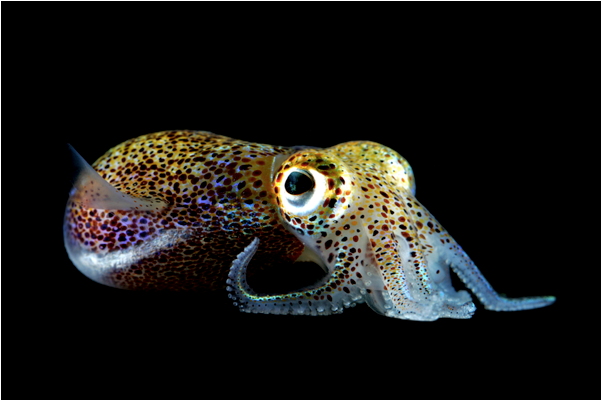Team:Clemson
From 2014.igem.org
| Line 35: | Line 35: | ||
<br> | <br> | ||
| - | [[File: | + | [[File:glowy.jpg|500px|frameless|center]] |
<html> | <html> | ||
Latest revision as of 03:08, 18 October 2014
Quorum Sensing | ||
|
|
Quorum sensing is a means for bacteria to communicate with one another. This signaling is density-dependent, and when a large enough number of organisms are present, they even coordinate gene expression. A famous example is Vibrio fischeri, which gives the Hawaiian bobtail squid its eerie glow. When a large enough concentration of Vibrio fischeri come together in the squid's light-producing organ, or photophore, they communicate by quorum sensing and all express the luciferase gene, resulting in beautiful bioluminescence. Quorum sensing is largely dependent upon the production of N-acyl Homoserine Lactones or AHLs. The 2014 Clemson iGEM Team worked to develop a system to detect the presence of AHLs for better study of quorum sensing and biofilm interactions. This system can be readily adapted to detect any number molecules and thus provide a flexible tool for microbiologists. |
|
 "
"






